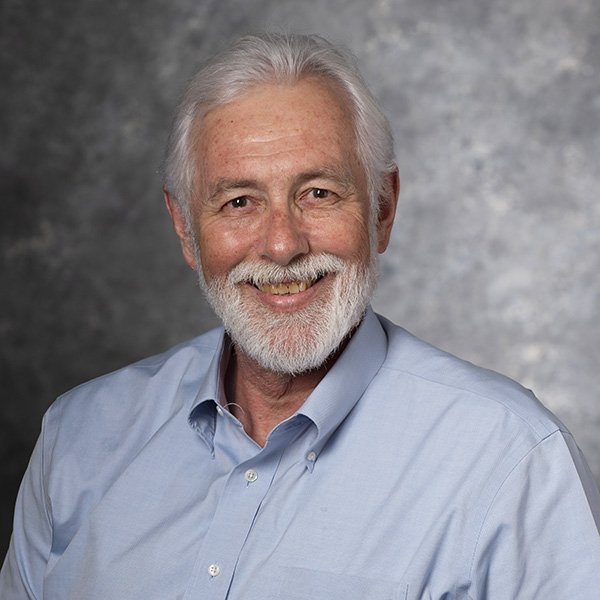For Better Results, Ask Better Questions
If you’re a baby boomer, like me, your science education likely involved coming to terms with boldface words and not having any engineering, building, or prototyping experiences.

Perhaps there were science fairs in the upper grades or schoolyard excursions gathering leaves, insects, and rocks for lower grades.
If your school district adopted the 1960/1970 inquiry models, you experienced ‘hand-on’ instruction, but not necessarily ‘minds-on’ learning. Labs and investigations were predetermined, questions and procedures preselected. Everyone followed the same ‘cookbook’ in an instructional model driven by this guiding question: ‘What do we want students to know and what do they need to do to know it?’
In the 1980s and 1990s, education researchers reframed the question: ‘What do we want students to do and what do they need to know to do it?’ A simple word exchange, but a compelling change to learning outcomes.
Unpacking ‘doing’ reveals an array of knowledge building science practices and problem-solving-based design and engineering practices. The new policies embraced testing capacity for ‘using knowledge:’ e.g., constructing, comparing, and evaluating explanations, models, and theories. Science and engineering (S&E) education needed to engage students in the struggles of making decisions and using evidence and ideas to explain, model, design, and engineer.
For summer 2020, the Caruth Institute for Engineering Education, with generous support from the Hamon Foundation, adapted in-person on-campus learning to online learning. We used online breakout rooms – one counselor with three to five youths – to create Education Pods and, in turn, a community of practice.
Our plan focused on exposing and developing S&E skills and practices; seventh and eighth graders built a solar oven, ninth and tenth a windmill, and 11th and 12th a Leadership in Energy and Environmental Design (LEED) urban public restroom facility. They first scrutinized how to acquire ideas and evidence and then used the evidence for designs. Think of using tools and technology for measurements, using evidence to build prototypes, arguments, designing investigations, and developing strategies for observing, examining properties of materials, etc. Think of guided discussions among pod members sharing and wondering how to alter and improve the prototype and design.
Social group/community practices foster learning how to communicate, create, collaborate, critique, and represent ideas and information via language, images, and graphical representations.
The shift at all classroom levels, elementary, middle, and high schools, is to engage youths in the dynamics, and the accompanying struggles therein, of knowledge building and refining learning environments. These struggles are complex for learners but even more so for counselors and teachers who must manage the breadth of ideas and information students both encounter and generate.
The quest for a COVID-19 vaccine has made apparent the community nature of the sciences and engineering disciplines. Reforms in education and cultural attitudes over the past three decades have begun to bear fruit. Scientists and engineers are learning how to learn. Educators, teachers, and parents are learning how to learn about learning.
Click out more of our 2021 STEAM Special Section

For nearly 40 years, People Newspapers has worked tirelessly to tell the stories—good, bad, and sublime—of our neighbors in the Park Cities and Preston Hollow. To support our efforts, please contact advertise@peoplenewspapers.com for advertising opportunities. Please also consider sharing this story with your friends and social media followers.
















